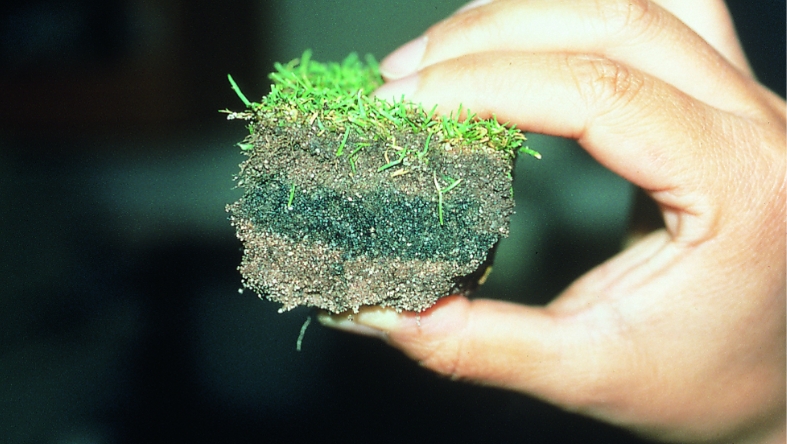TECHNICAL INSIGHTS

Spring diseases and resistances
When a pathogen or environmental factor causes some abnormal alterations in morphological and/or physiological processes in a plant, it is considered to have a disease.
The disease-causing agents can be classified as infectious or noninfectious.
Infectious agents include pathogenic species:
Bacteria: Small organisms with cytoplasm inside the cell membrane but lacking a nucleus. They penetrate into the plant through wounds or stoma. They are controlled by the use of resistant varieties.
Ricksettias: Very similar to bacteria. Transmitted by insects. Cause no known damage to lawns.
Fungi: Chlorophyll-free microscopic organisms that feed on the plant’s live or dead cells. They have a cell wall, nucleus and reproductive organs. Variable in size, they transmit by various mechanical means, i.e., insects. They are the main cause of most known diseases in plants.
Nematodes: Small animals living primarily as saprophytes on dead plant and animal cells. Some, however, parasitize the roots of various turfgrass causing a dysfunction which favours the growth of fungi.
Mycoplasma: Prokaryotes without cell membrane. Found in the phloem of plants and transmitted by sucking or chewing insects. Controlled by eliminating vectors and with tetracycline. Rarely cause disease in lawns.
Virus: Small organisms formed by a nucleic acid wrapped inside a protein. They measure fractions of a micron. They are parasites and multiply in living cells by modifying their metabolism. Transmitted by insects and nematodes.
Viroids: These smaller viruses have only one nucleic acid. They have not been found to cause disease.
Protozoa: Small animals of a cell. They do not cause disease in lawns.
Noninfectious agents are considered physiological disorders caused by extreme life conditions such as:
Mechanical damage.
Severe deviations in the soil and water composition which affect the health of the plant.
Weather changes.
Often non-infectious agents cause the onset of infectious agents acting together, so preventing the former we can avoid the latter.
The most resitant varieties and mixtures recommended are...



